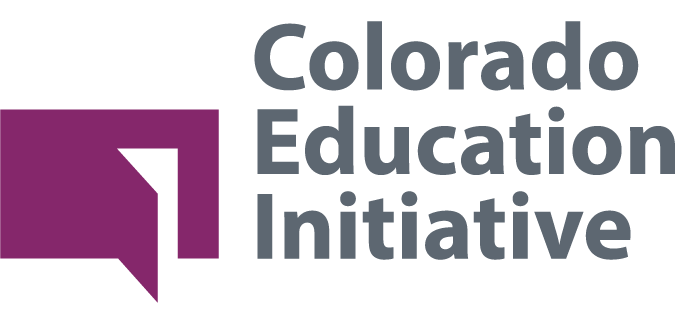The Problem with The Education of Tomorrow Syndrome
May 14, 2018
May 14, 2018
By Scott Fuller
Next Generation Learning Coordinator, Colorado Springs School District 11
There are moments these days, walking around the showroom floor at a conference or scrolling through my inbox when I feel like I’m in one of those Tex Avery World of Tomorrow cartoons. For anyone not familiar, this future-focused series with aptly named episodes like The House of Tomorrow and The Television of Tomorrow offered a humorous look at how easy technology would make the future. The future, according to these cartoons, would be dominated by the idea that there will be a machine for anything and a machine for everything. Sound familiar?
Today in education, it feels like every time there is a new, innovative approach the conversation quickly turns to the technology, the curriculum or the program that makes that new model “turnkey.” This isn’t an edtech vendor rant (though I have plenty to say on the subject), but rather a call to hit pause and think about what and how we introduce innovation at our schools. Because too often smart approaches get labeled – and mislabeled – then get cast aside as meaningless jargon and synonyms for feature sets in various products. Each time that happens we get further from the kind of education that is going to help our students realize their potential. As Next Generation Learning Coordinator in Colorado Springs School District 11, I cringe each time I see this because I know next generation learning is susceptible to this phenomenon and I’m determined to stop it.
I started noticing this “education of tomorrow syndrome” about the time educators started talking about 21st century learning. What started off as a framework for emphasizing new competencies, morphed. As we got closer to the turn of the century, publishers, software developers and others started attaching themselves to the term and using it as a selling point. Instead of 21st century learning being a guide for a new way to approach teaching, it became a must-have feature of curriculum. Right now, the terms du jour seem to be personalized learning and STEM. It’s hard to go anywhere without seeing these two concepts used as programs instead of ways of thinking. The output is that anything new continues to be a replacement for the old way, a procedure thing that is given to teachers with the simple instructions “just do this, and you’ll be fine.”
But education is not a thing; it’s an action. Good learning is active, dynamic and personal. Instead of focusing on products or technologies we should concentrate our efforts on student outcomes and the design and delivery of education environments that empower our students. Taking this approach will take some commitments from educators and administrators alike. We are investing in that work right now in Colorado Springs and here are some of the methods that have worked as we have embraced next generation learning as a meaningful shift in how we do school, instead of as a program.
Invest in people, not programs. This is the most important step to remember. Investing in educators and students will net a higher return than spending time and money on programs. Anyone leading an effort of change should start by putting boots on the ground and building relationships with the people in classrooms and school buildings. A top-down mentality will stall. Instead, we started with a discovery process with teachers to uncover their pain points and talk through any non-negotiables. Then we gave them the autonomy and structural support to customize how they bring next generation learning to life in their classrooms. Investing in people has a ripple effect. By investing in our educators, they are now more able to invest in their students and design personalized learning environments that develop student voice and choice, empowering students to be the drivers of their own learning.
Scrutinize labels. In education, we like to identify things. Labels are helpful because they give us a common language to use in conversations with each other, students, parents, policymakers and our communities. But, labeling can also wring the meaning out of efforts, turning labels into jargon and boxing in innovative educators. We need to be careful that our labels don’t crowd out real conversation about what public education needs.
Encourage educator artistry. We have a tremendous opportunity to reclaim teaching as a form of art and to strengthen educators’ artistic muscles through innovation. In our district, we actively encourage educators to find their creative confidence and try – and fail at – new approaches. Too often when a new initiative is rolled out, its done in a prescriptive way. Instead, we invest time to show teachers the end goal then offer support for helping them get there in their own way.
Calibrate support. As we began the next generation learning work, we got rid of the idea that fair is equal. What we realized is that some schools and educators need more support than others and that’s okay. They often even require different types of support. It’s a matter of always avoiding cookie-cutter models. Understanding how to calibrate resources and guidance was only possible because we had already taken time to speak individually with educators in our districts.
What we’ve learned is that by keeping these things in mind, we have moved away from the idea that a platform, curriculum or program are the central parts of our education of tomorrow. Instead, we’ve created a choose-your-own-adventure environment where our schools can empower themselves to design the education their students need today.
